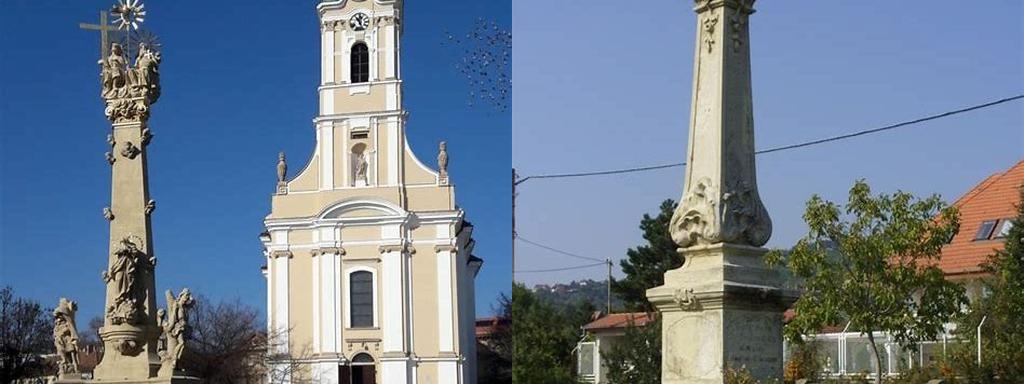
When you wander through the old heart of Buda, it’s almost impossible to miss the remarkable Szentháromság szobor, or Holy Trinity Statue, rising gracefully in the center of the square that shares its name—just steps from the iconic Matthias Church. There’s something immediately captivating about the monument’s swirling columns and expressive figures, something you won’t find in modern urban sculpture parks. Long before selfies and group tours, this square was the epicenter of daily life, a crossroads for local residents facing plagues and invasions, celebrations and market days. The statue stands not only as a piece of old baroque brilliance but also as a testament to the collective fears, prayers, and creativity of the people who once walked these cobbled stones.
The story behind the Holy Trinity Statue is uniquely tied to the deep anxieties of the early 18th century. Budapest—then under the name Buda—was recovering from waves of the devastating bubonic plague that swept through the city in the late 1600s and early 1700s. In 1709, survivors and city leaders decided they would erect a monument both as an act of gratitude for their own lives and as a prayer for continued protection. If you pause to look at the details, every angel, saint, and ornament is alive with the spirit of a time when disease felt like an everyday threat. There’s no advertising here—just gratitude carved in stone and a kind of communal hope encased in clouds of baroque drama.
Designed by the talented sculptor Philipp Ungleich, the present monument was completed in 1713, replacing a much more modest predecessor. This second version is the one that has stood the test of time and elements. The statue’s swirling pedestal rises upward in a dramatic spiral, embodying both the turbulent emotions and optimism of the era. The Holy Trinity—God the Father, Son, and Holy Spirit—crowns the column, while saints, angels, and plague victims adorn its base. Ornate and expressive, the monument still manages to retain a kind of intimacy; a closer look reveals faces contorted in prayer, gestures of hope, and ornate garments reflecting the artistic tastes of late baroque Hungary.
One of the more unique aspects of the Szentháromság szobor is its fate over the centuries. The statue has survived siege warfare, fires, occupation, and urban redevelopment. There is an almost poetic irony in the way a monument built to commemorate survival through pestilence has weathered the far-reaching changes of history. During World War II, when the castle district endured heavy bombing, the statue escaped destruction—a kind of miracle in itself. Today, it’s not just a tourist photo-op but an unexpected anchor to the past, a silent observer amid changing cityscapes.
Visitors often mention the striking contrast between the busy flow of tourists and the serene, almost meditative aura that surrounds the statue. In spring, the square fills with local families and street musicians, and the statue towers quietly in the background of every scene. In winter, when the castle hill is dusted with snow, the Holy Trinity Statue takes on an entirely different mood, stark and solemn yet somehow inviting. It isn’t just a collection of marble and gilded flourishes; it ties together stories of faith, fear, resilience, and artistry. Watching the sun set behind it or seeing the city wake up with the bells of Matthias Church echoing nearby is nothing short of magical, even if you’re not especially religious or interested in old stones.
So whether you’re making a dedicated journey to uncover the layers of Budapest’s rich history, or you just find yourself wandering the winding streets of Castle Hill, let yourself linger by the Holy Trinity Statue. You’ll be standing exactly where generations of survivors, hopefuls, and visitors have stood—sharing a moment in the crossroads between art, history, faith, and everyday life in Hungary’s storied capital.





